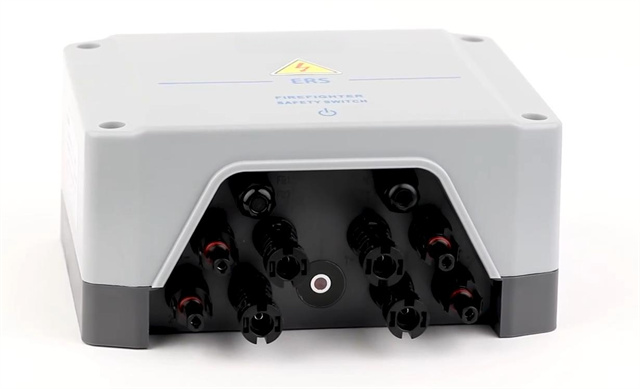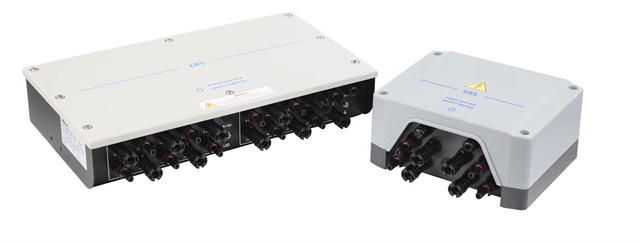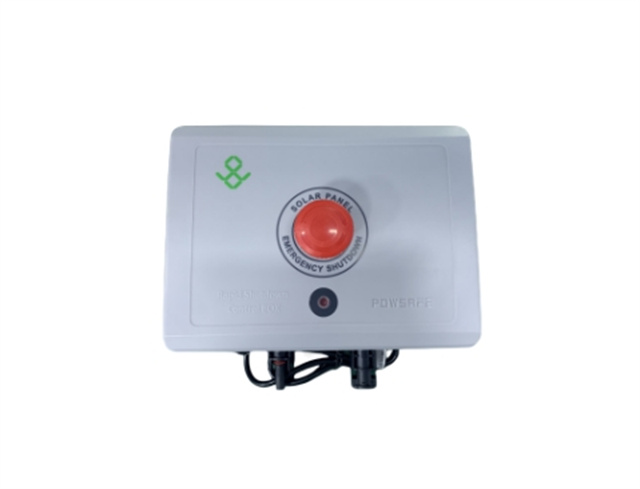Author:BLD Solar Energy SystemFROM:Solar System Converter Manufacturer TIME:2023-08-29
Unveiling the Purpose of PV Rapid Shutdown Systems

The photovoltaic (PV) industry has experienced significant growth in recent years, with solar power becoming an increasingly popular and accessible source of renewable energy. As more and more households and businesses install solar panels on their rooftops, it is crucial to address safety concerns and ensure the proper functioning of these systems. One important aspect of PV system safety is the implementation of rapid shutdown systems, which play a critical role in protecting both individuals and property in the event of an emergency.

Rapid shutdown systems serve as a vital safety measure in the PV industry due to the unique risks associated with solar power. When a rooftop solar system is producing electricity, it is continuously connected to the electrical grid. In the event of a fire or other emergency, firefighters and first responders may need to disconnect the power supply quickly to mitigate any potential hazards. Rapid shutdown systems provide a means to cut off the flow of electricity from the solar panels and render them safe for the responders to work around, minimizing the risk of electrical shock or injury.

Rapid shutdown systems operate by introducing a switch or control mechanism that can rapidly interrupt the electrical circuit between the PV panels and the inverter. This can be achieved through the use of specialized rapid shutdown devices, such as module-level power electronics (MLPEs), microinverters, or power optimizers. These devices are designed to respond to a signal from a remote switch, typically located at a readily accessible location near the PV array or inverter. When the switch is activated, it triggers the rapid shutdown devices, ensuring that the voltage within the system drops to a safe level in a matter of seconds.
There are different strategies and technologies available for implementing rapid shutdown systems, including both wired and wireless approaches. Wired systems utilize physical wiring connections, while wireless systems employ radiofrequency (RF) communication between the switch and the rapid shutdown devices. Both approaches have their advantages and considerations, and the choice of which to use depends on factors such as system size, installation complexity, and local building codes.
In conclusion, rapid shutdown systems are an essential component of PV installations, ensuring the safety of individuals and property in the event of an emergency. By interrupting the flow of electricity from the solar panels to the inverter, these systems protect firefighters and first responders by minimizing the risk of electrical shock or injury. The implementation of rapid shutdown systems is a crucial step in promoting the continued growth and development of the photovoltaic industry, fostering a safer and more sustainable future.
